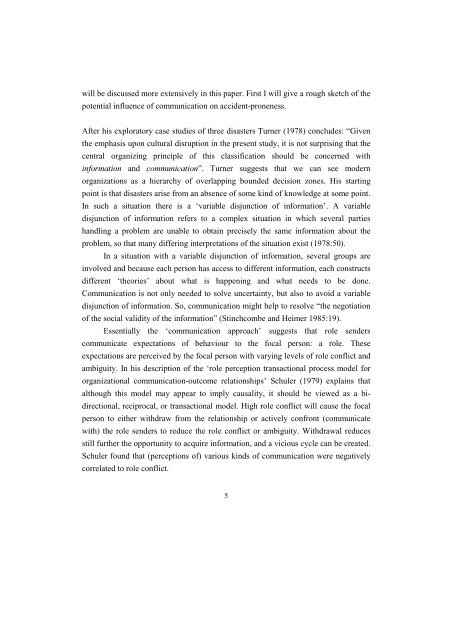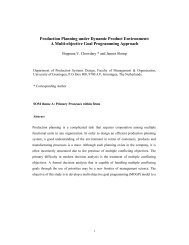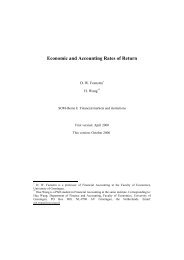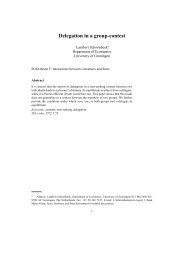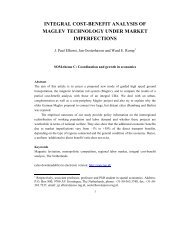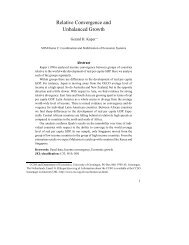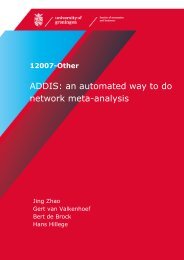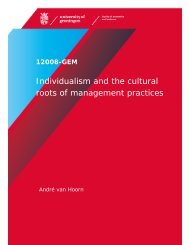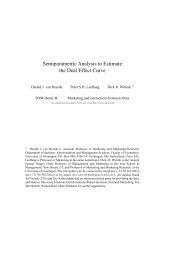Communication and Industrial Accidents - SOM Research Reports
Communication and Industrial Accidents - SOM Research Reports
Communication and Industrial Accidents - SOM Research Reports
You also want an ePaper? Increase the reach of your titles
YUMPU automatically turns print PDFs into web optimized ePapers that Google loves.
will be discussed more extensively in this paper. First I will give a rough sketch of the<br />
potential influence of communication on accident-proneness.<br />
After his exploratory case studies of three disasters Turner (1978) concludes: “Given<br />
the emphasis upon cultural disruption in the present study, it is not surprising that the<br />
central organizing principle of this classification should be concerned with<br />
LQIRUPDWLRQ <strong>and</strong> FRPPXQLFDWLRQ”. Turner suggests that we can see modern<br />
organizations as a hierarchy of overlapping bounded decision zones. His starting<br />
point is that disasters arise from an absence of some kind of knowledge at some point.<br />
In such a situation there is a ‘variable disjunction of information’. A variable<br />
disjunction of information refers to a complex situation in which several parties<br />
h<strong>and</strong>ling a problem are unable to obtain precisely the same information about the<br />
problem, so that many differing interpretations of the situation exist (1978:50).<br />
In a situation with a variable disjunction of information, several groups are<br />
involved <strong>and</strong> because each person has access to different information, each constructs<br />
different ‘theories’ about what is happening <strong>and</strong> what needs to be done.<br />
<strong>Communication</strong> is not only needed to solve uncertainty, but also to avoid a variable<br />
disjunction of information. So, communication might help to resolve “the negotiation<br />
of the social validity of the information” (Stinchcombe <strong>and</strong> Heimer 1985:19).<br />
Essentially the ‘communication approach’ suggests that role senders<br />
communicate expectations of behaviour to the focal person: a role. These<br />
expectations are perceived by the focal person with varying levels of role conflict <strong>and</strong><br />
ambiguity. In his description of the ‘role perception transactional process model for<br />
organizational communication-outcome relationships’ Schuler (1979) explains that<br />
although this model may appear to imply causality, it should be viewed as a bidirectional,<br />
reciprocal, or transactional model. High role conflict will cause the focal<br />
person to either withdraw from the relationship or actively confront (communicate<br />
with) the role senders to reduce the role conflict or ambiguity. Withdrawal reduces<br />
still further the opportunity to acquire information, <strong>and</strong> a vicious cycle can be created.<br />
Schuler found that (perceptions of) various kinds of communication were negatively<br />
correlated to role conflict.<br />
5


